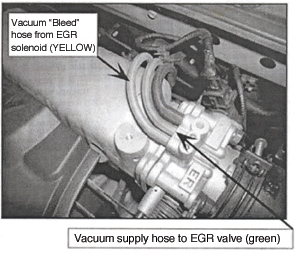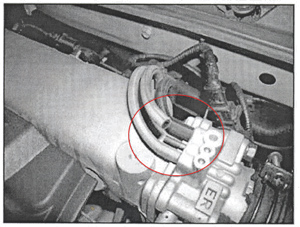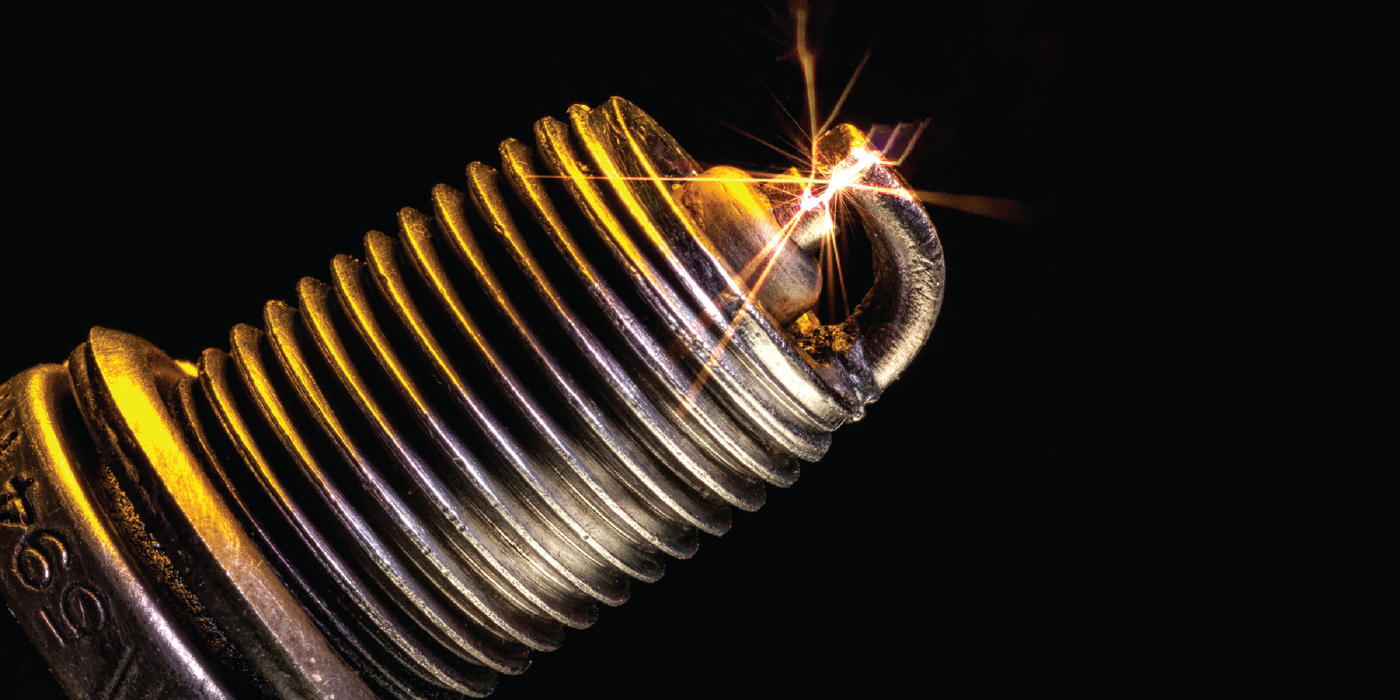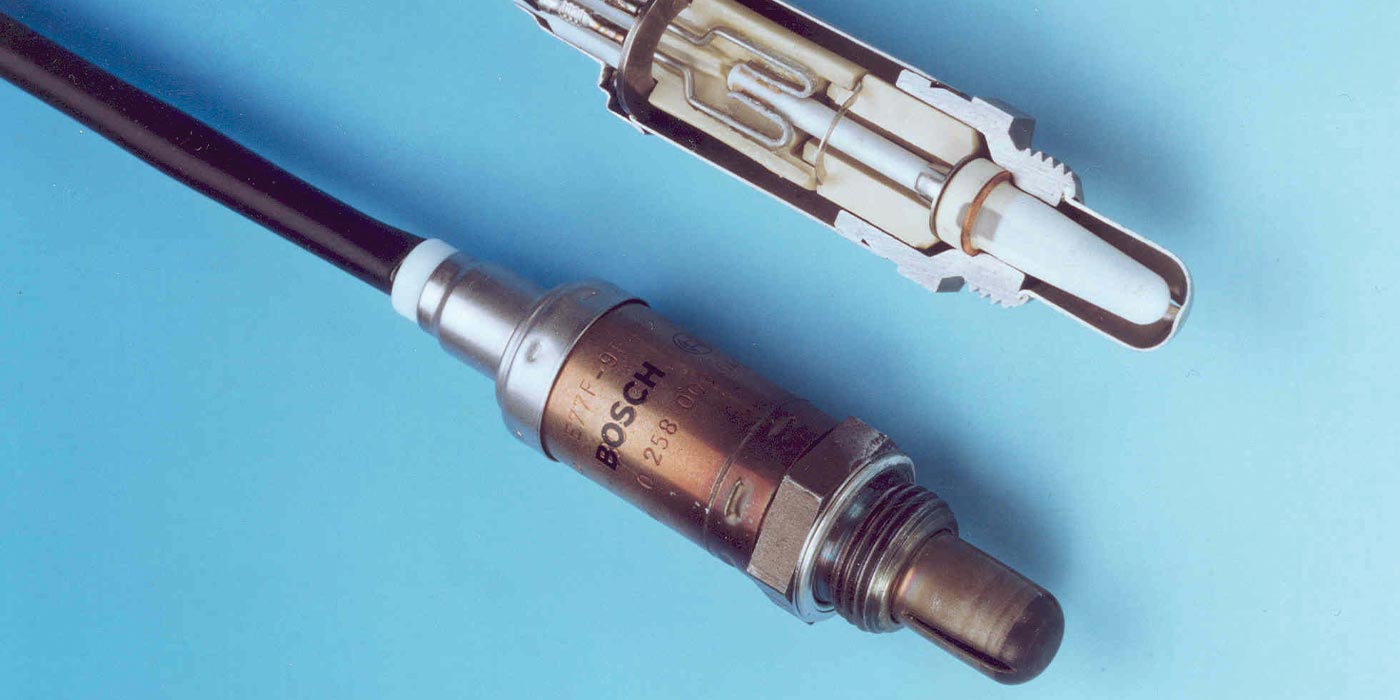Some vehicles (1999-2004 Sonata 2.4L, 2001-’04 XG300/XG350 and Santa Fe) with 2.4L or 3.5L engines may experience an intermittent unstable idle condition with the following symptoms:
• Intermittent unstable/rough idle condition;
• The check engine light may or may not be on. If it is on, code P0401 (EGR insufficient flow) may be stored; and
• The condition may not be present when the engine is cold. Once the engine warms up, the unstable idle condition may appear.
If a vehicle has the above-described condition, follow the procedure below to diagnose an intermittently sticking closed EGR solenoid valve.
 Operating Principle
Operating Principle
• The EGR Solenoid Valve is a normally open-type valve.
• If the solenoid is not energized, the valve is open and allows the vacuum to “bleed” off (thus, not opening the EGR valve).
Control Function at Idle
• At idle, the EGR solenoid valve is NOT energized and thus, the EGR valve is NOT open.
Note: For detailed information on EGR system function and diagnosis, refer to TSB #01-36-021.
Diagnostic Procedure
1. Duplicate the unstable/rough idle  condition (warm up the engine).
condition (warm up the engine).
2. While the engine is idling roughly, disconnect the green striped vacuum hose from the top of the throttle body.
3. If the idle becomes normal, the EGR solenoid valve is sticking closed.
The photos illustrate the procedure. A 2004 Sonata 2.4L engine is shown as an example.
Courtesy of Mitchell 1.
For more information on Mitchell 1 products and services, automotive professionals can log onto the company’s website at www.mitchell1.com.













